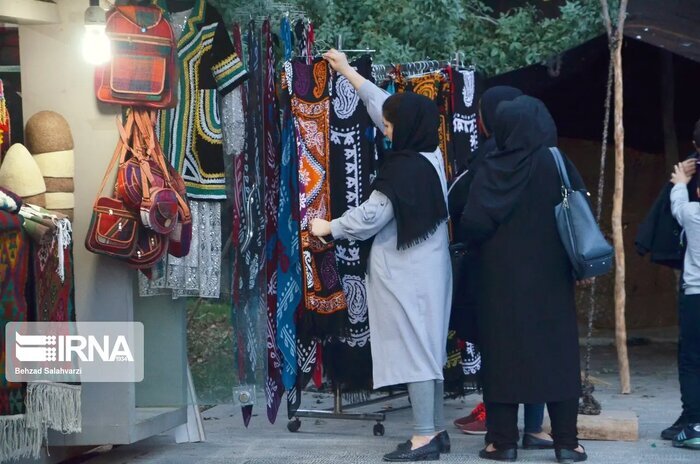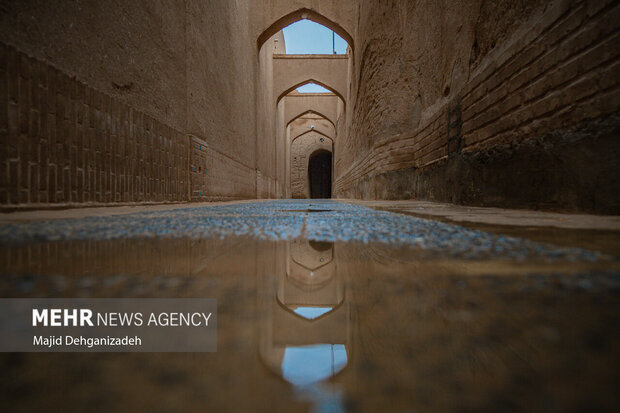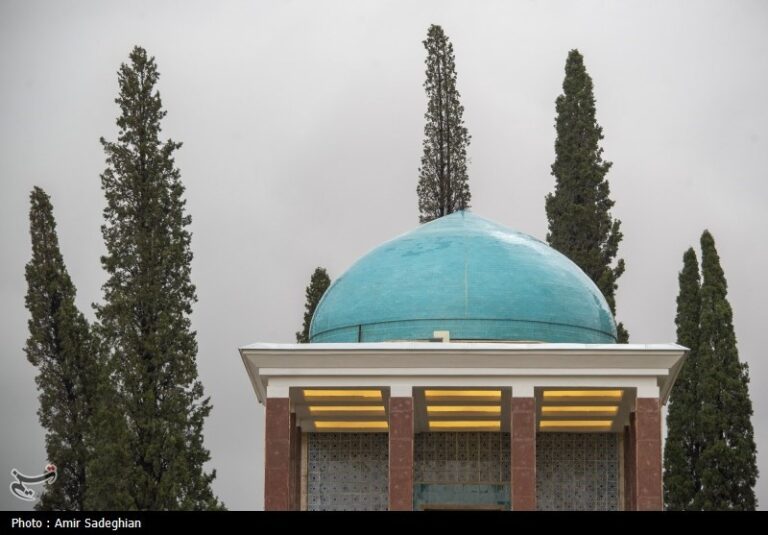Iran Celebrates Nowruz with $6 Million Surge in Handicraft Sales
During the Nowruz 1404 holidays, Iranian artisans achieved remarkable sales, totaling over 5,400 billion rials (approximately $6 million) through their unique handicrafts. This impressive figure was made possible thanks to a network of over 12,000 makeshift stalls and local marketplaces that showcased the rich cultural heritage of Iran. Farzad Ojani, an official from the Ministry of Cultural Heritage, Tourism, and Handicrafts, shared insights into the significant impact of these sales on the local economy.
According to Ojani, the presence of essential infrastructure, such as POS machines, has greatly facilitated artisans in processing sales efficiently. The sale rates of handicrafts at these Nowruz markets were collected by artisans and subsequently registered in systems developed by the Tourism Ministry. This systematic approach has helped streamline sales and monitor the performance of different products in the market.
In particular, the provinces of Khorasan Razavi and Gilan stood out by launching over 1,000 handicrafts pavilions during the Nowruz festivities. These areas were noted for their rich cultural heritage and numerous historical sites, contributing to their top ranking in terms of artisan participation.
One of the fascinating aspects of Iranian handicrafts is the regional diversity in the types of products available. Ojani elaborated on this by stating:
- Knifemaking and tapestry are prevalent in Zanjan province.
- Ceramic making is a popular craft in East Azarbaijan province.
- Basket weaving is a traditional practice in Ilam province.
- Khatamkari, a form of intricate marquetry, is famous in Isfahan province.
- Felt making and carpet weaving are notable crafts in Chaharmahal-Bakhtiari province.
The diversity of these crafts not only reflects the rich cultural tapestry of the nation but also provides visitors with a wide array of choices when exploring Iranian handicrafts. Ojani emphasized the ministry’s commitment to ensuring fair pricing for these products, stating that they have closely monitored market prices to keep them within a reasonable range. This effort aims to make handicrafts accessible to both locals and tourists.
Furthermore, Ojani noted, “We try to leverage all capacities and sites under the cultural heritage department’s jurisdiction to encourage visitors to purchase local handicrafts after touring historical sites.” This strategy is designed to enhance the overall visitor experience while supporting local artisans.
In terms of exports, Iran has made significant strides in the handicraft sector. The Minister of Cultural Heritage, Tourism, and Handicrafts, Seyyed Reza Salehi-Amiri, reported that during the past Persian calendar year, Iranian handicrafts worth $224 million were exported. Additionally, it is estimated that an equivalent amount was exported through suitcase trade, further demonstrating the global appeal of Iranian artisanal products.
As these figures illustrate, the Nowruz holidays not only provide a cultural celebration but also serve as a vital period for economic activity within the handicraft sector. The efforts of artisans, along with the support of the Ministry of Cultural Heritage, Tourism, and Handicrafts, highlight the importance of preserving and promoting Iran’s rich tradition of handicrafts.
With the growing interest in Iranian handicrafts both locally and internationally, it is essential for artisans to continue innovating while adhering to traditional methods. This balance will ensure that future generations can enjoy and appreciate the unique craftsmanship that defines Iran’s cultural identity.
In conclusion, the success of Iranian artisans during the Nowruz 1404 holidays showcases the resilience and creativity of the nation’s craftspeople. The collaboration between artisans and government initiatives emphasizes the importance of sustaining and promoting Iran’s rich cultural heritage through the sale of handicrafts.






